Venice captivates visitors with its dreamy waterways and timeless beauty. My first glimpse of the Floating City left me speechless—a maze of canals replacing streets, with gondolas gliding where cars would normally be. The city’s unique layout makes it unlike any other destination in Italy or the world.
Navigating Venice requires some preparation, but the reward is experiencing one of humanity’s most remarkable urban achievements. During my visits, I’ve learned that the city reveals itself best to those who balance seeing major attractions like St. Mark’s Square with simply wandering the quieter neighborhoods. The absence of vehicles creates a peaceful atmosphere that transports you to another time.
Venice challenges first-time visitors with its winding pathways and countless bridges, but that’s part of its charm.
I recommend comfortable walking shoes and a willingness to get lost occasionally. Some of my favorite discoveries happened when I veered off my planned route.
Whether you have one day or several to explore this Italian treasure, the right approach will help you make the most of your time in this extraordinary floating world.

Planning Your Journey
Venturing to Venice requires some strategic preparation to make the most of your experience. The city’s unique layout and seasonal variations can significantly impact your visit, so knowing how and when to arrive will set you up for success.
Arriving in Venice
Most travelers reach Venice through Marco Polo Airport, located about 8 miles from the city center.
From there, I recommend taking a water taxi for the most scenic (though pricey) introduction to the city. It’s an unforgettable experience gliding across the lagoon toward those iconic terracotta rooftops.
For budget travelers, the ATVO bus connects to Piazzale Roma, Venice’s main transport hub. It’s efficient and much cheaper than water taxis.
Many visitors also arrive by train at Santa Lucia station, which conveniently places you right at the edge of the Grand Canal. I love this option because you step off the train and immediately into the magical world of Venice.
If you’re driving, you’ll need to leave your car in Mestre or at the Tronchetto parking island, as no vehicles are allowed in Venice proper.
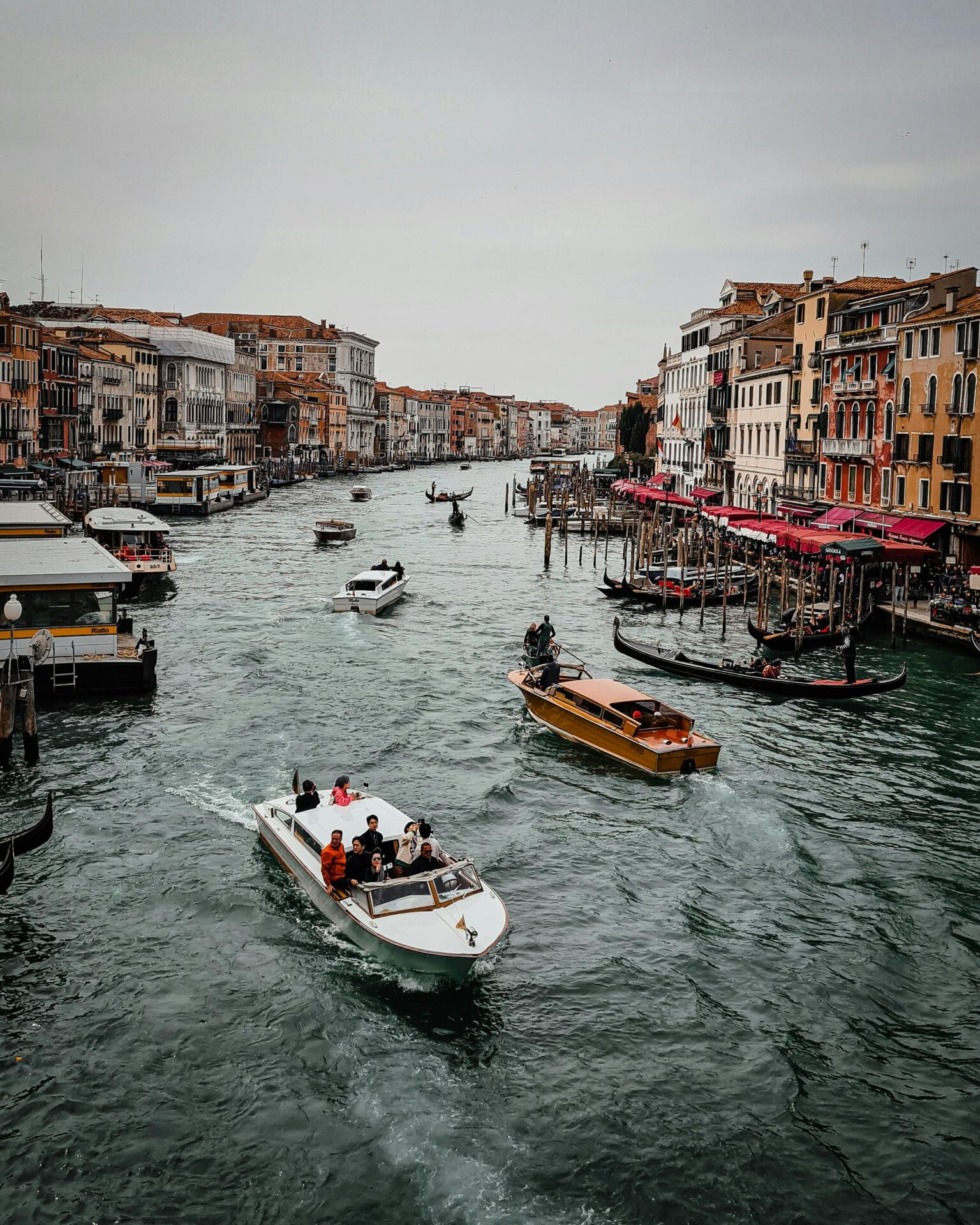
Best Times to Visit
Spring (April-May) offers my favorite balance of pleasant weather and manageable crowds. The temperatures hover around 65-75°F, and you’ll find the city lively but not overwhelming.
Avoid summer if possible. Between June and August, Venice becomes extremely crowded and uncomfortably hot. Hotel prices skyrocket, and lines for attractions can consume precious exploration time.
Fall brings golden light and fewer tourists, making September-October another ideal window. The city hosts interesting events like the Venice Film Festival during this period.
Winter presents Venice at its most authentic and affordable. Though temperatures can dip to the 30s, I’ve found the misty atmosphere and near-empty streets create a hauntingly beautiful experience. Be prepared for potential acqua alta (flooding) between November and January.
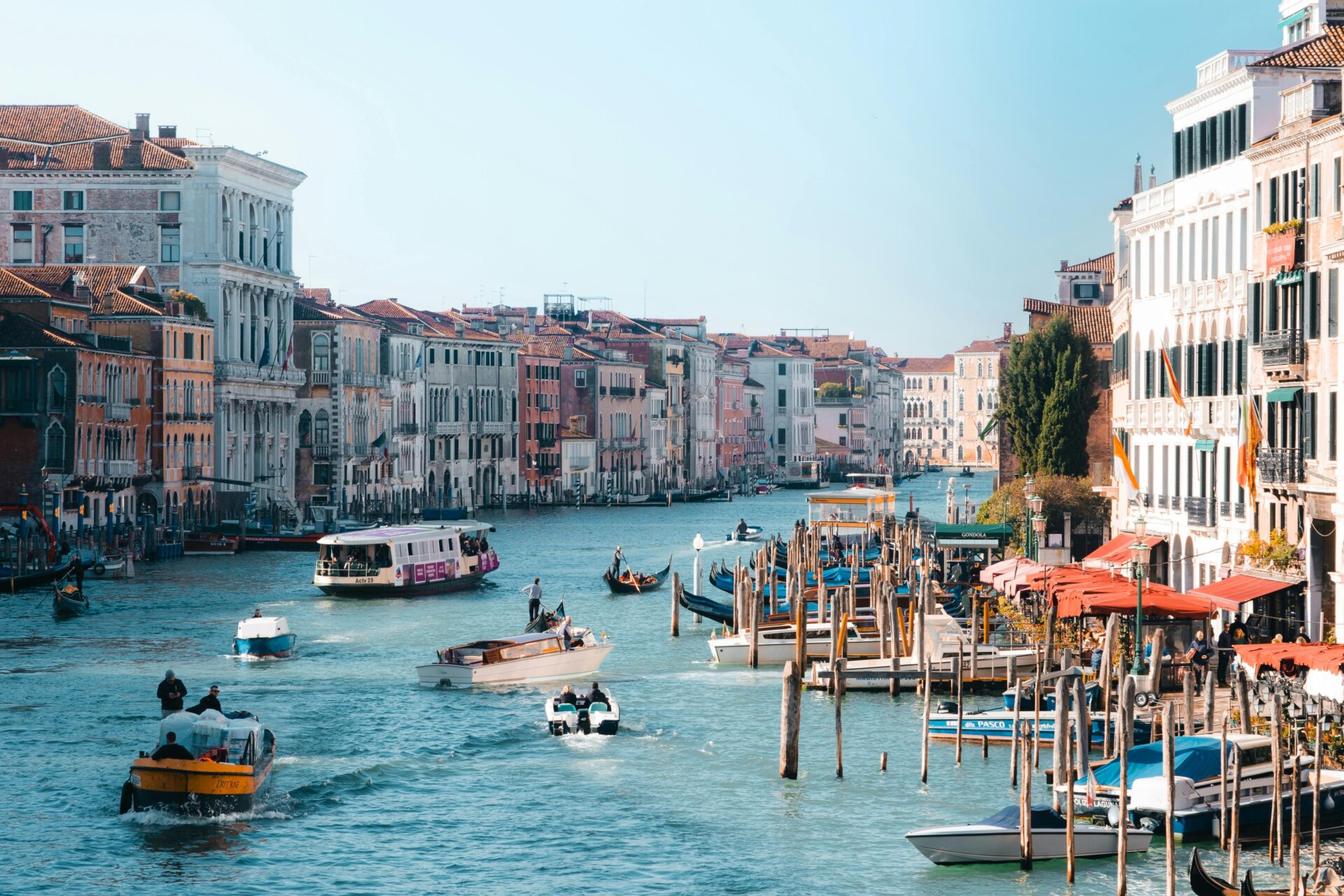
Getting Around the City
Venice’s primary transportation system is the vaporetto – water buses that serve as the city’s public transit.
Line 1 travels the full length of the Grand Canal and offers the best sightseeing value at about €7.50 per ride (consider a multi-day pass if staying longer).
Walking is truly the best way to explore Venice. I recommend getting deliberately lost among the narrow calli (streets) – it’s how I’ve discovered my favorite hidden squares and local eateries.
For crossing the Grand Canal where bridges aren’t available, look for the traghetto gondolas. These shared boats cost around €2 and provide a budget-friendly taste of the gondola experience.
Remember that regular gondola rides start at €80 for 30 minutes, and prices increase after 7 PM. While expensive, I believe it’s worth splurging on at least once for the quintessential Venice experience.

Iconic Landmarks and Attractions
Venice captivates visitors with its extraordinary blend of history, art, and architecture. The city’s unique layout means you’ll discover incredible sights around every corner and along each canal.
Must-See Historical Sites
When I first arrived in Venice, I was immediately drawn to St. Mark’s Basilica in San Marco Square. This stunning Byzantine church features golden mosaics that shimmer in the light. I recommend arriving early to avoid the crowds.
The Doge’s Palace stands nearby as a masterpiece of Gothic architecture. Inside, you’ll find lavish rooms where Venice’s rulers once governed. Don’t miss the massive Council Chamber with its Tintoretto ceiling painting.
The Bridge of Sighs connects the palace to the former prison. Its name comes from the sighs of prisoners taking their last glimpse of Venice before imprisonment. For the best views, I suggest seeing it from the canal below.
Venice’s Jewish Ghetto, established in 1516, was the world’s first. Walking through its quiet squares offers a powerful glimpse into Venetian-Jewish history.
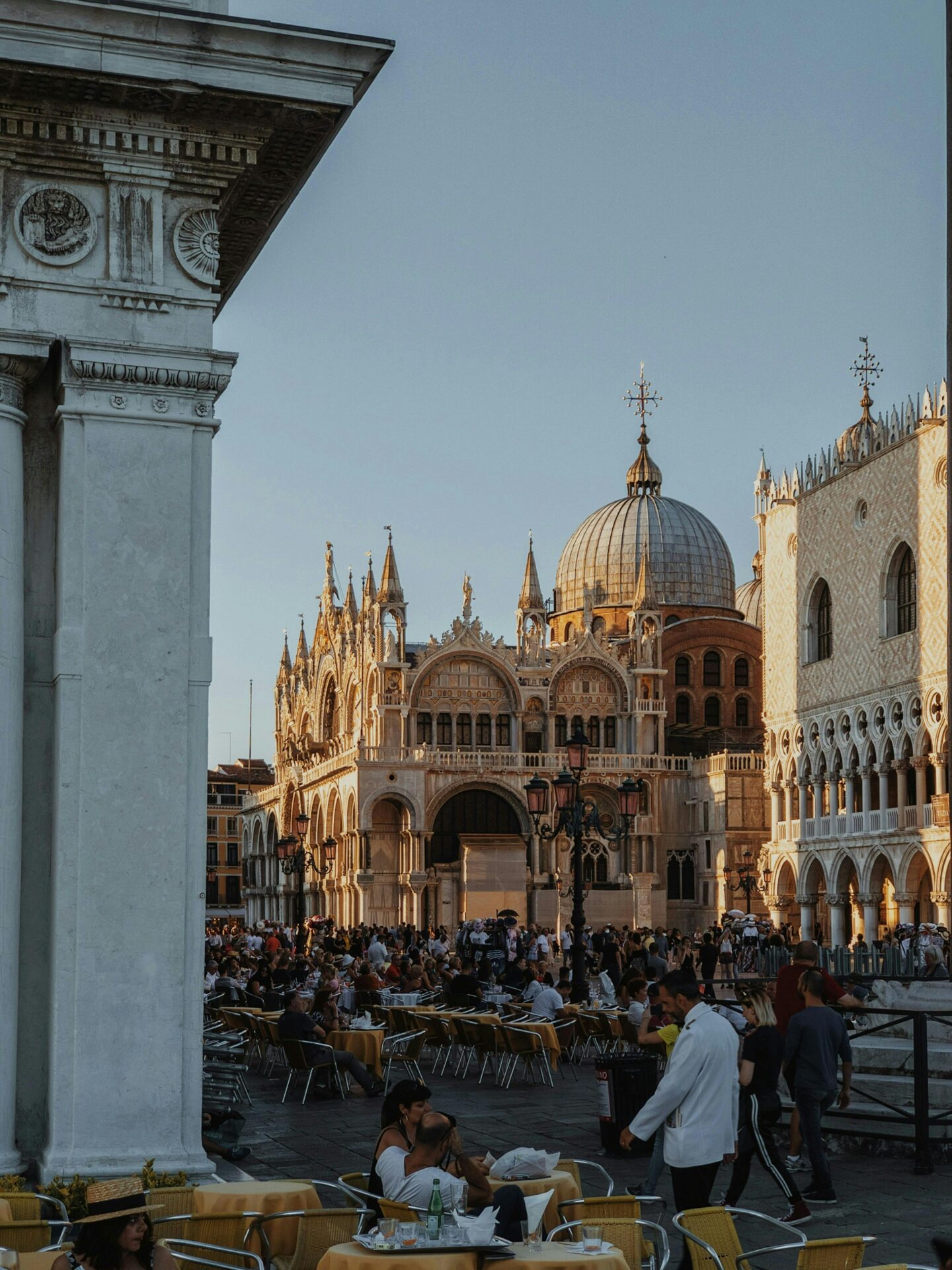
Venice’s Famous Canals
The Grand Canal serves as Venice’s main water thoroughfare. This S-shaped waterway stretches about 2.5 miles through the heart of the city. Taking a vaporetto (water bus) along its length gives you spectacular views of palaces and bridges.
The Rialto Bridge is Venice’s oldest and most famous bridge spanning the Grand Canal. I love browsing the shops along its sides and soaking in views from its central archway.
For a more intimate experience, I recommend exploring the smaller canals by gondola. While expensive (about €80 for 30 minutes), nothing compares to gliding silently through narrow waterways.
The canals come alive during seasonal high waters (acqua alta). I’ve seen locals and visitors alike donning rubber boots to navigate temporarily flooded streets.
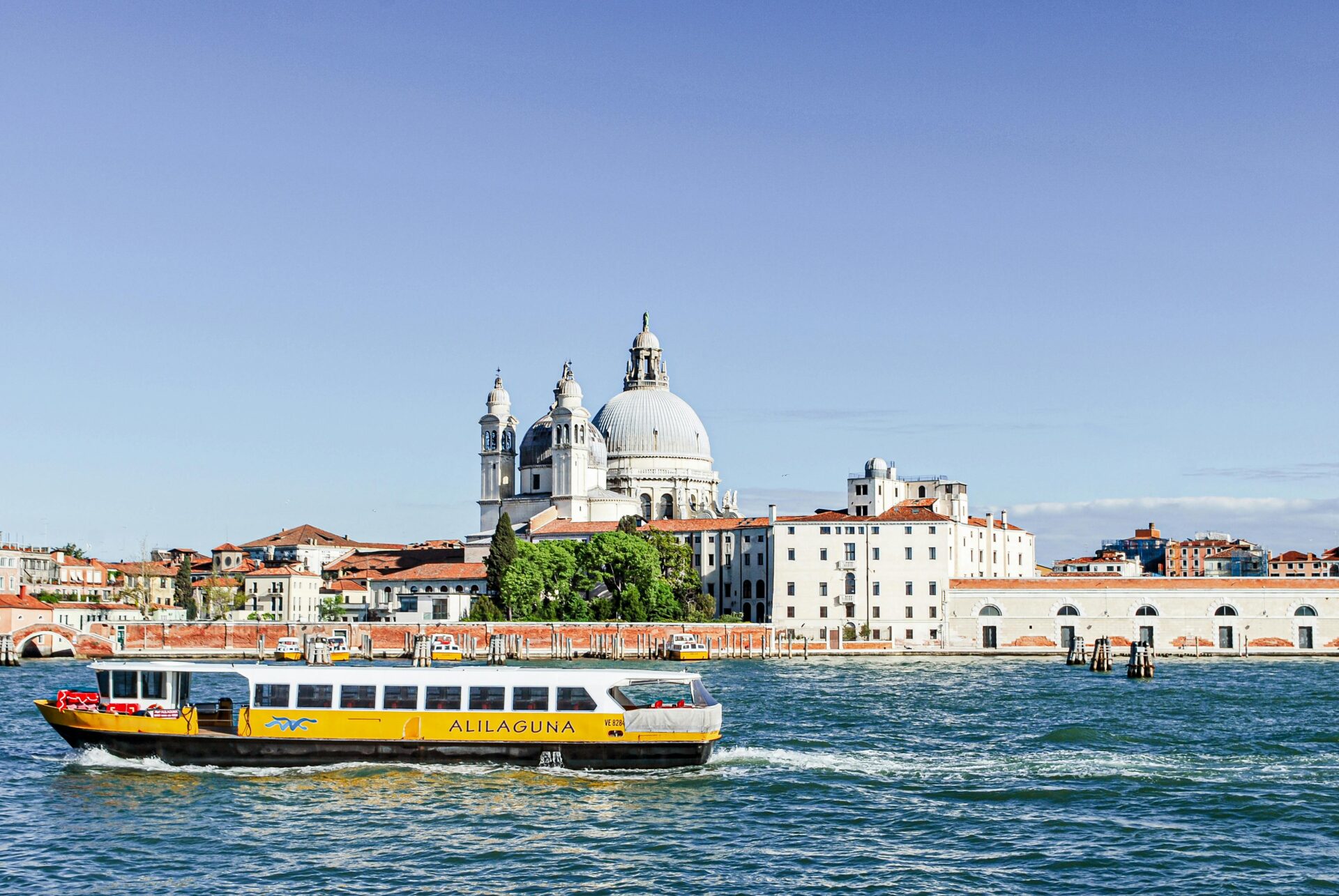
Cultural Treasures and Museums
The Accademia Gallery houses the world’s finest collection of Venetian art. I was mesmerized by masterpieces from Titian, Bellini, and Tintoretto. The Veronese painting “Feast in the House of Levi” spans an entire wall!
The Peggy Guggenheim Collection offers a complete contrast. Housed in her former home on the Grand Canal, it showcases modern art from Picasso, Dalí, and Pollock. The sculpture garden provides a peaceful retreat.
Scuola Grande di San Rocco surprised me with its magnificent Tintoretto cycle. This 16th-century building features over 60 of his paintings across its walls and ceilings.
For music lovers, I suggest attending a concert at one of Venice’s historic churches. The city’s rich musical heritage comes alive through performances in these acoustic-perfect venues.
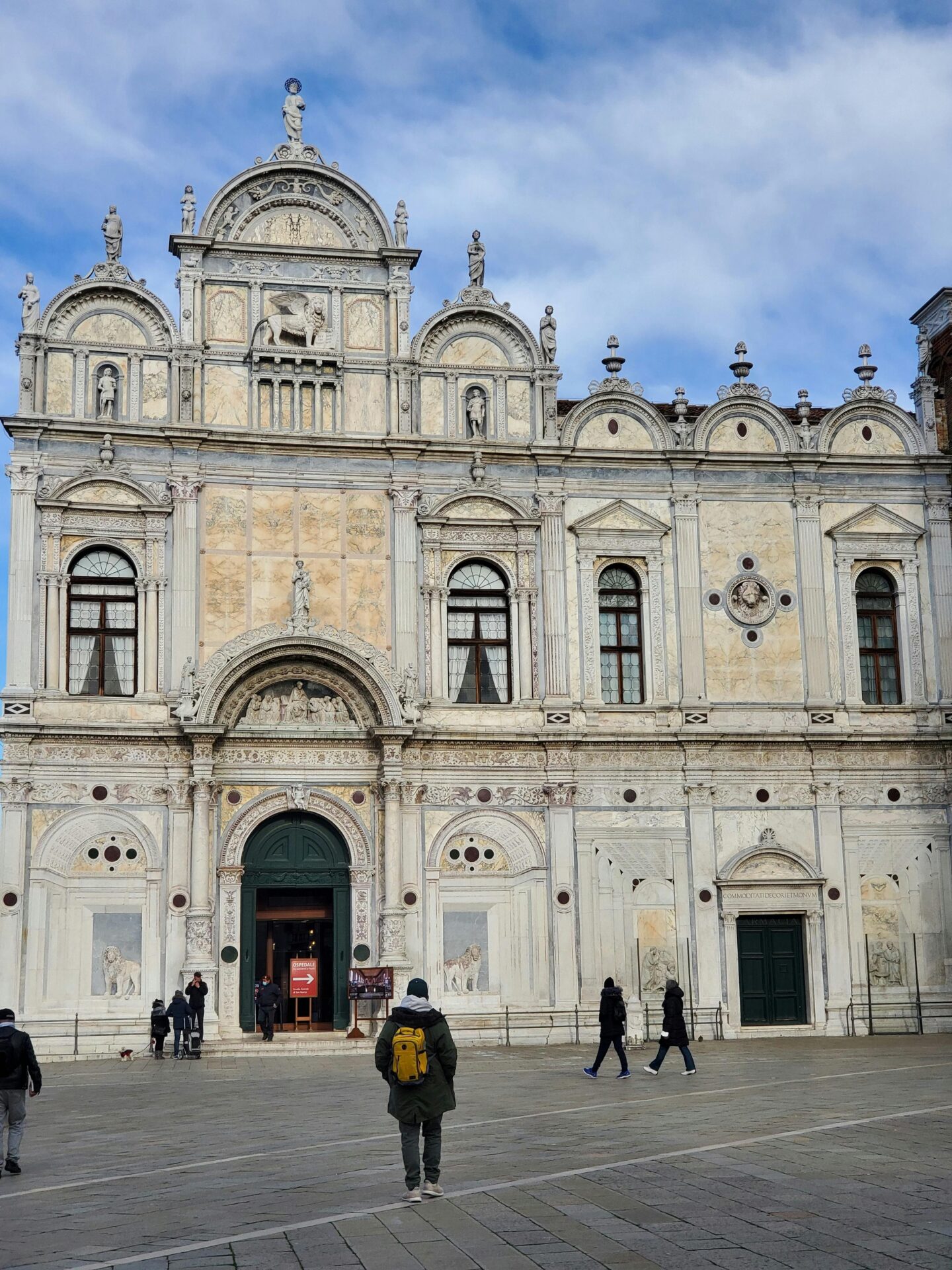
Experiencing Venetian Lifestyle
Venice offers more than just sightseeing—it’s a city where daily life unfolds with unique rhythms and traditions. The local lifestyle revolves around food, craftsmanship, and evening gatherings that you won’t find anywhere else in Italy.
Culinary Delights and Where to Find Them
Venetian cuisine is a wonderful world of seafood and small bites. I discovered cicchetti—Venice’s answer to tapas—in the backstreet bars of San Polo district. These small, affordable snacks typically include seafood, meats, and vegetables on bread, perfect with a small glass of wine.
For the best cicchetti experience, visit bacari (wine bars) away from tourist areas. My favorites include those along the quiet canals of Dorsoduro, where locals gather after work. Try baccalà mantecato (creamed cod) and sarde in saor (sweet and sour sardines)—they’re local specialties you shouldn’t miss.
Seafood risotto is another must-try dish. The restaurants near the Rialto Fish Market serve the freshest versions, using the day’s catch. For dessert, seek out frittelle during carnival season or a simple tiramisu any time of year.
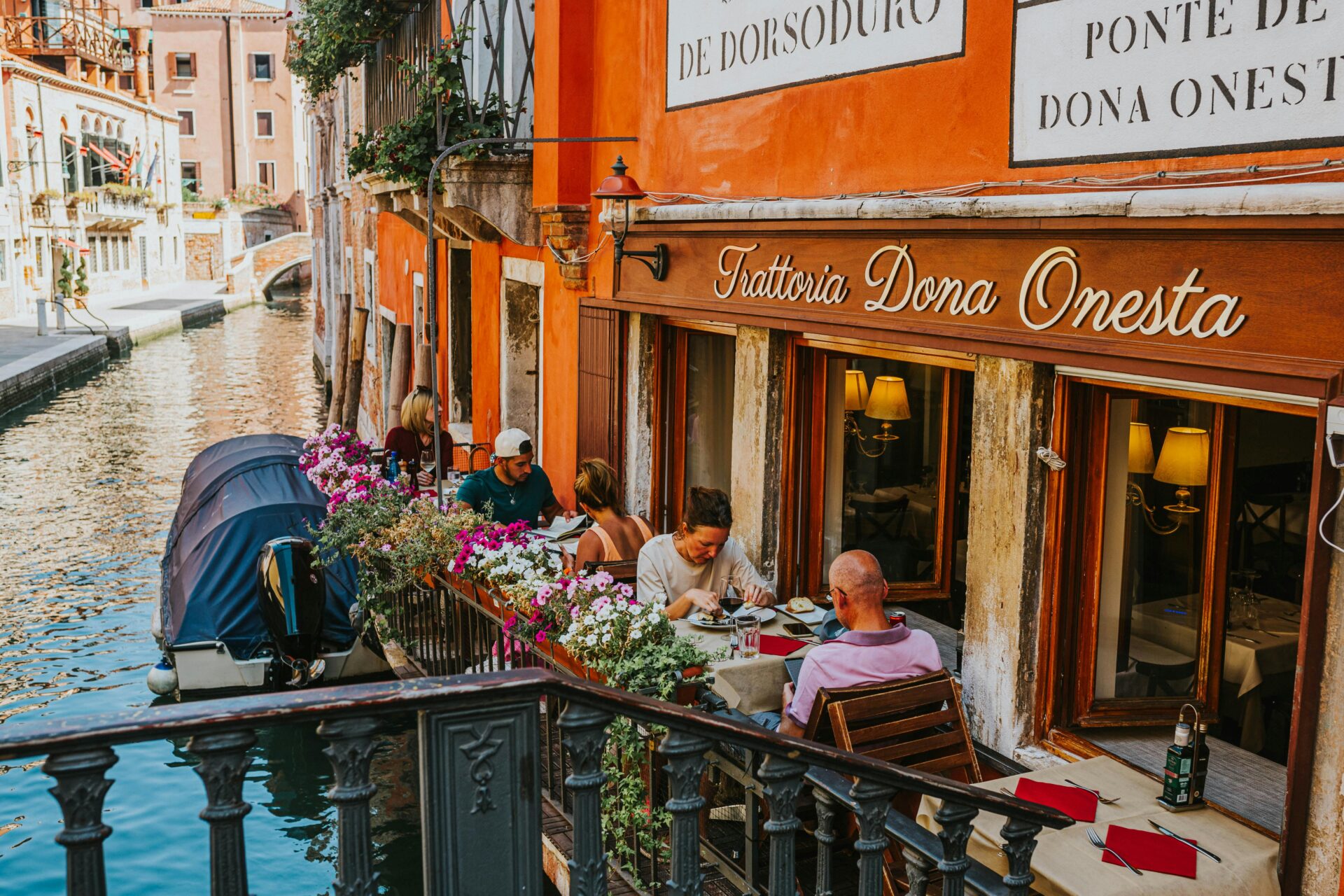
Shopping for Authentic Venetian Goods
Venice’s artisanal traditions date back centuries and offer unique shopping opportunities. Murano glass stands as the city’s most famous export.
I recommend visiting the island of Murano to watch glassblowers at work before purchasing—you’ll appreciate your souvenirs more.
Authentic Venetian masks make meaningful mementos. Look for papier-mâché versions made using traditional techniques. The best shops are found in quiet corners away from San Marco.
For textiles, the colorful island of Burano is famous for its handmade lace. While expensive, even small pieces represent incredible craftsmanship.
Venetian paper goods like marbled notebooks and leather-bound journals make practical souvenirs. Many small shops in the Dorsoduro area sell these alongside handmade inks and pens.
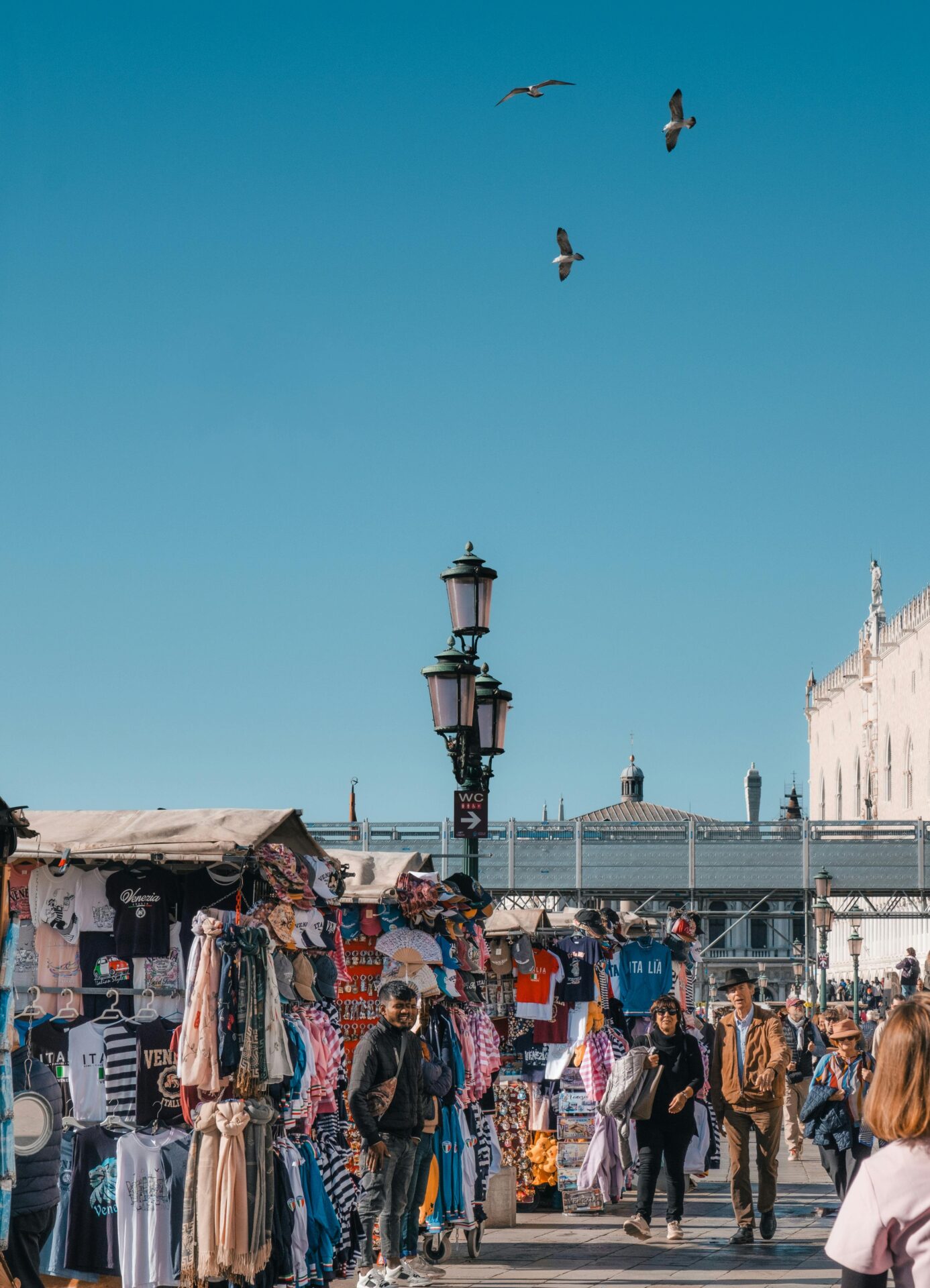
Nightlife and Entertainment
Venice isn’t known for wild parties, but its evening scene has a sophisticated charm. The Gritti Palace bar offers spectacular Grand Canal views with expertly crafted (though pricey) cocktails. I spent an unforgettable evening there watching gondolas glide by at sunset.
For a more authentic experience, join locals for aperitivo time (6-8pm). Bars in Dorsoduro and Cannaregio fill with Venetians enjoying spritz cocktails and light snacks.
Live music options include classical concerts in historic churches and occasional jazz performances. Check posters around the city for current offerings.
Theater lovers should visit La Fenice opera house—even if you don’t attend a performance, tours reveal its ornate interior. For something uniquely Venetian, try to catch a traditional puppetry show, still performed occasionally for both children and adults.
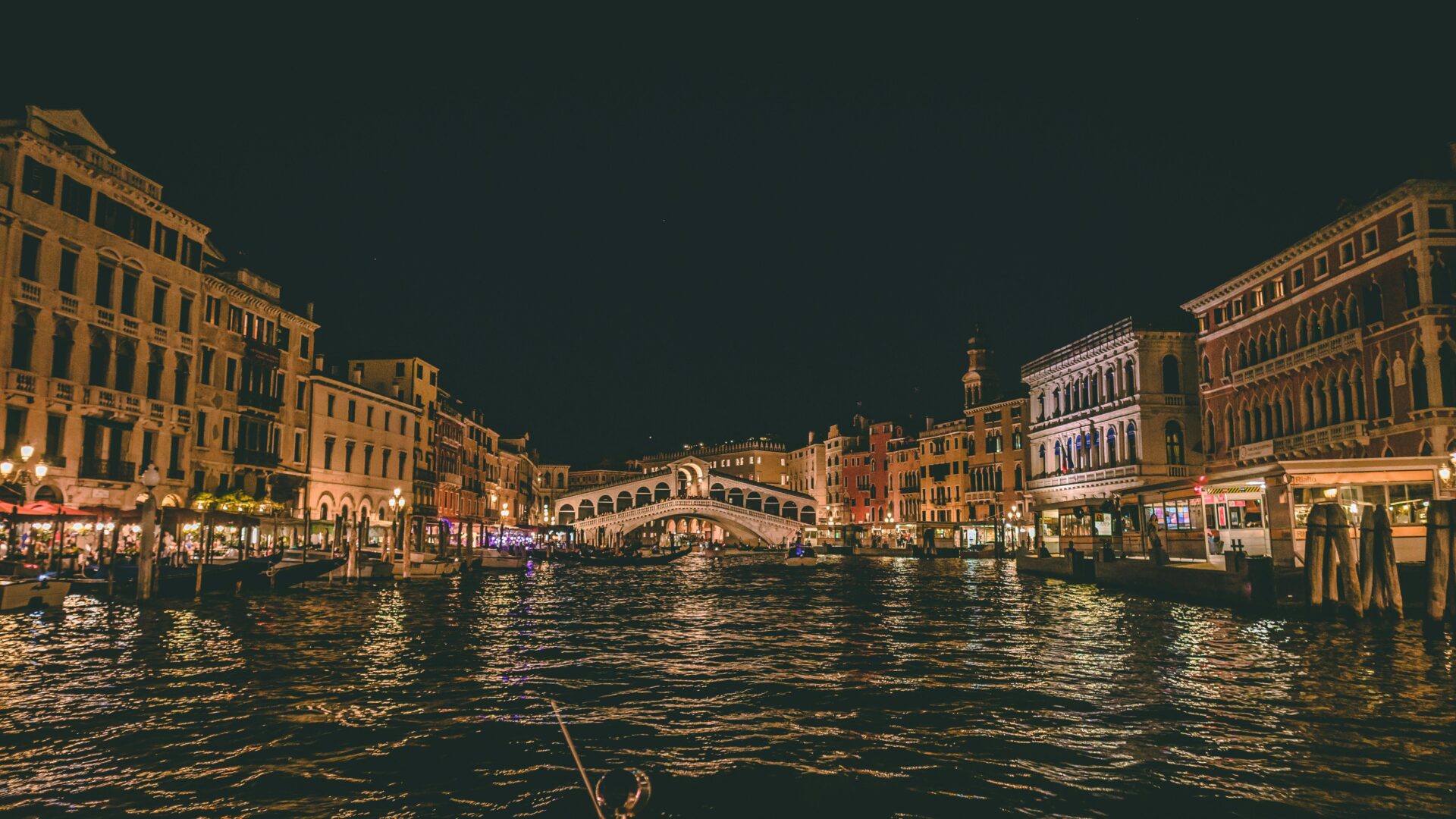
Day Trips and Excursions
While Venice itself offers endless exploration, the surrounding areas hold their own treasures worth discovering. Taking a day to venture beyond the main islands reveals colorful traditions, artistic heritage, and historical sites that complement your Venetian experience.
Island Hopping
The Venetian Lagoon is dotted with fascinating islands that make for perfect day trips. Murano, just a 10-minute vaporetto ride from Venice, captured my heart with its world-famous glass-blowing traditions. I watched in awe as artisans transformed molten glass into delicate masterpieces.
Burano stole my breath with its rainbow-colored fishermen’s houses and intricate lace-making heritage. The vivid blues, reds, and yellows create a photographer’s paradise unlike anywhere else in the region.
Torcello offers a quieter escape with its ancient cathedral and remarkable Byzantine mosaics. This nearly deserted island was once more populated than Venice itself!
For lunch, I recommend the seafood at any local trattoria. The authentic flavors and peaceful atmosphere make for a perfect midday break from sightseeing.
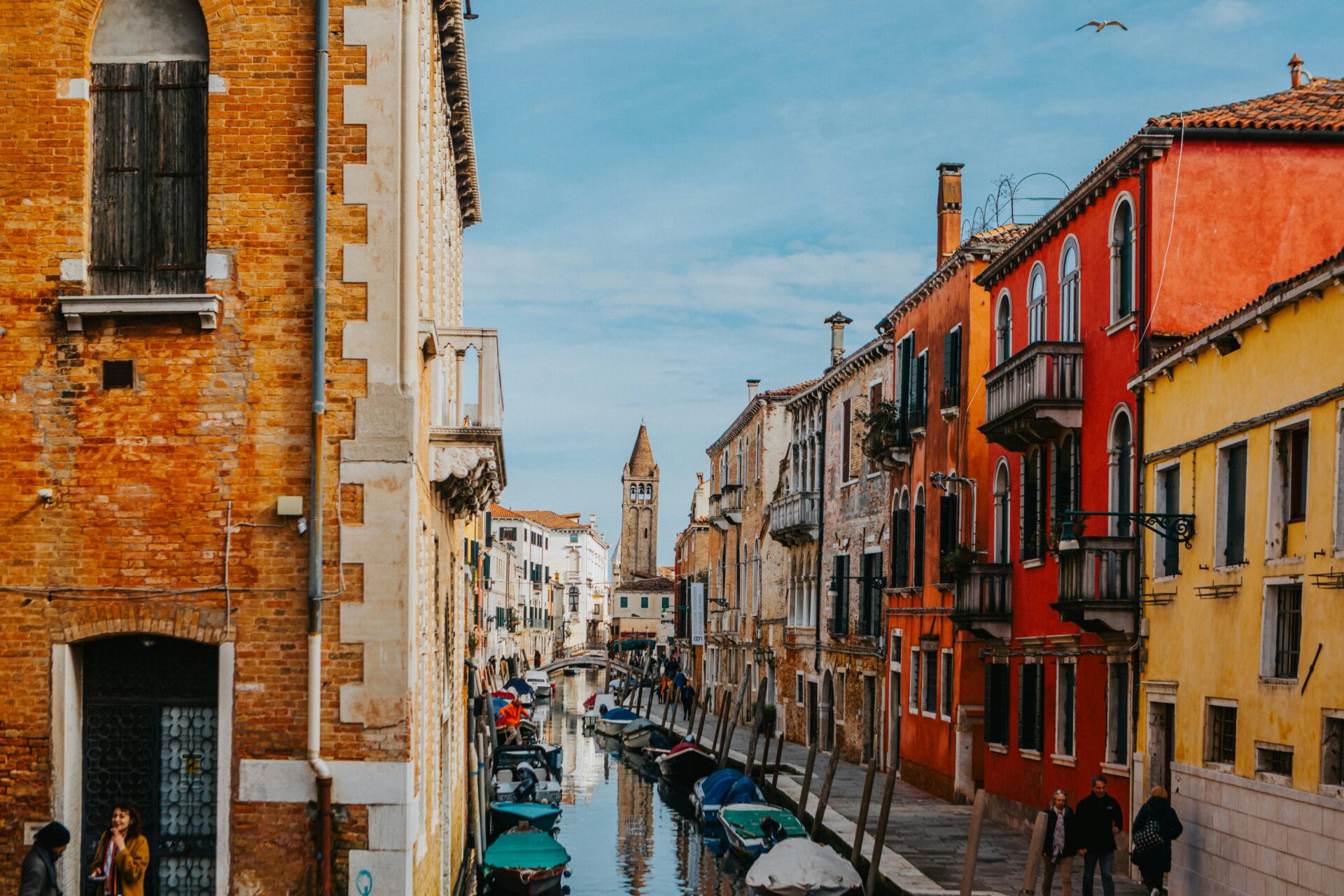
Mainland Veneto Adventures
The mainland region surrounding Venice holds cultural and natural wonders worth exploring. Padua (Padova) makes for an easy day trip with its magnificent Scrovegni Chapel featuring Giotto’s frescoes and one of the world’s oldest universities.
Verona, the setting for Shakespeare’s Romeo and Juliet, captivated me with its Roman arena and medieval streets. I spent hours wandering through its romantic atmosphere.
The Prosecco wine region offers vineyard tours with stunning hillside views and delicious wine tastings. Many tours include transportation from Venice, making it a hassle-free excursion.
When returning to Venice, I love staying at boutique hotels like Ca’ Di Dio, which offers the perfect blend of luxury and authenticity after a day of adventures beyond the floating city.
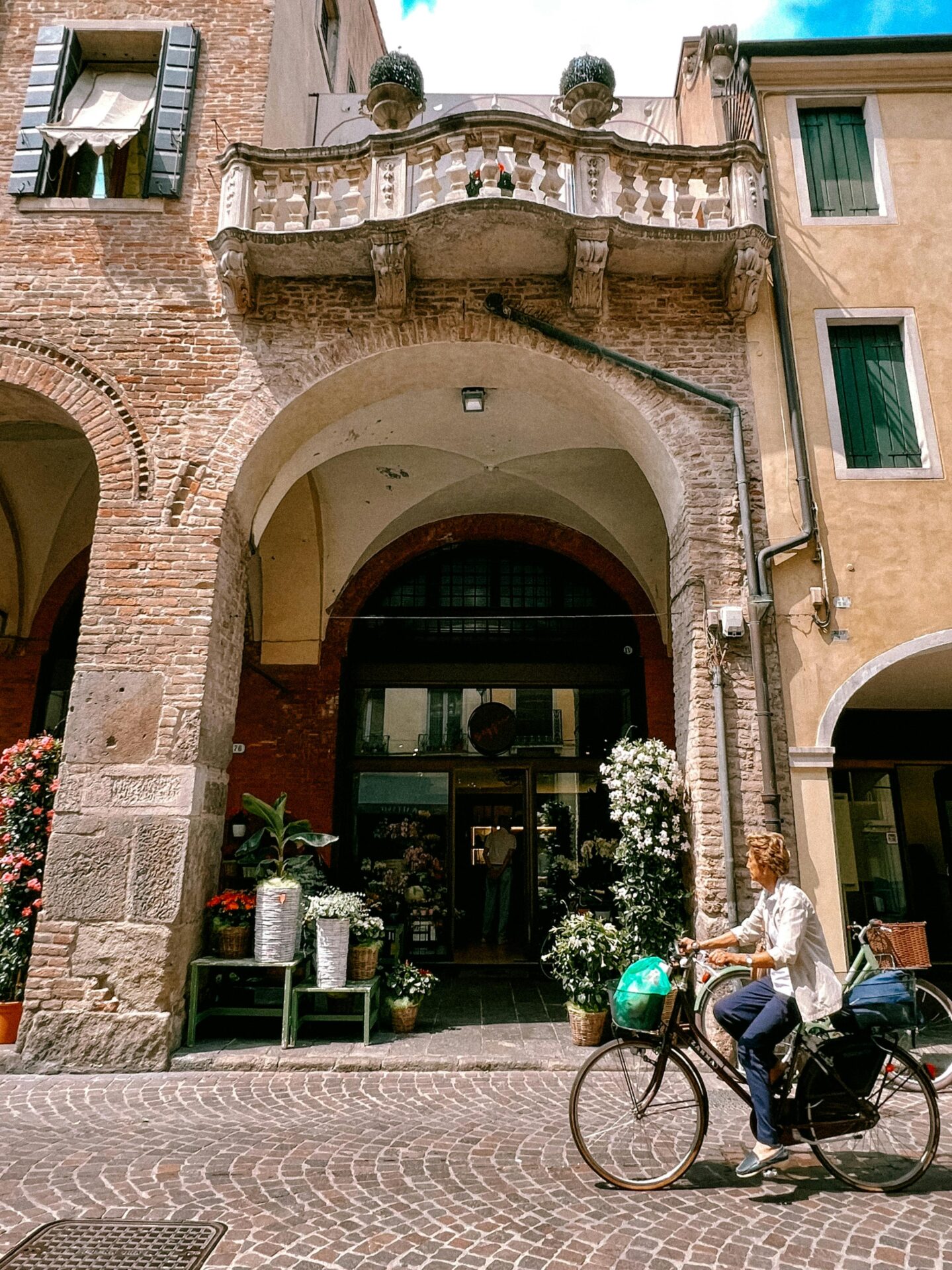
Navigating Venice’s Events and Festivals
Venice truly comes alive through its vibrant calendar of events and festivals. Timing your visit around these celebrations adds an unforgettable dimension to experiencing the floating city.
The Venice Carnival (usually held in February) transforms the city into a magical open-air theater. Elaborate masks and costumes fill the streets and campos. For the best experience, book viewpoints for the Flight of the Angel in St. Mark’s Square at least three months in advance.
When attending the carnival, remember these tips:
- Wear comfortable shoes for long periods of standing
- Book accommodations 6+ months ahead (prices triple during this period)
- Try joining a masked ball for the full experience
The Venice Biennale alternates between art (odd years) and architecture (even years). In 2025, the Art Biennale will showcase contemporary works from April through November. I suggest purchasing tickets online to avoid long queues at the Giardini and Arsenale venues.
For a more intimate cultural experience, look into events hosted by Save Venice. They occasionally offer exclusive access to restoration sites and private palazzos normally closed to the public.
The Festa del Redentore in July features spectacular fireworks over the lagoon. I’ve found the best views are from a boat – book one early through your hotel concierge.
Don’t miss the Historical Regatta in September if you appreciate Venetian maritime traditions!

